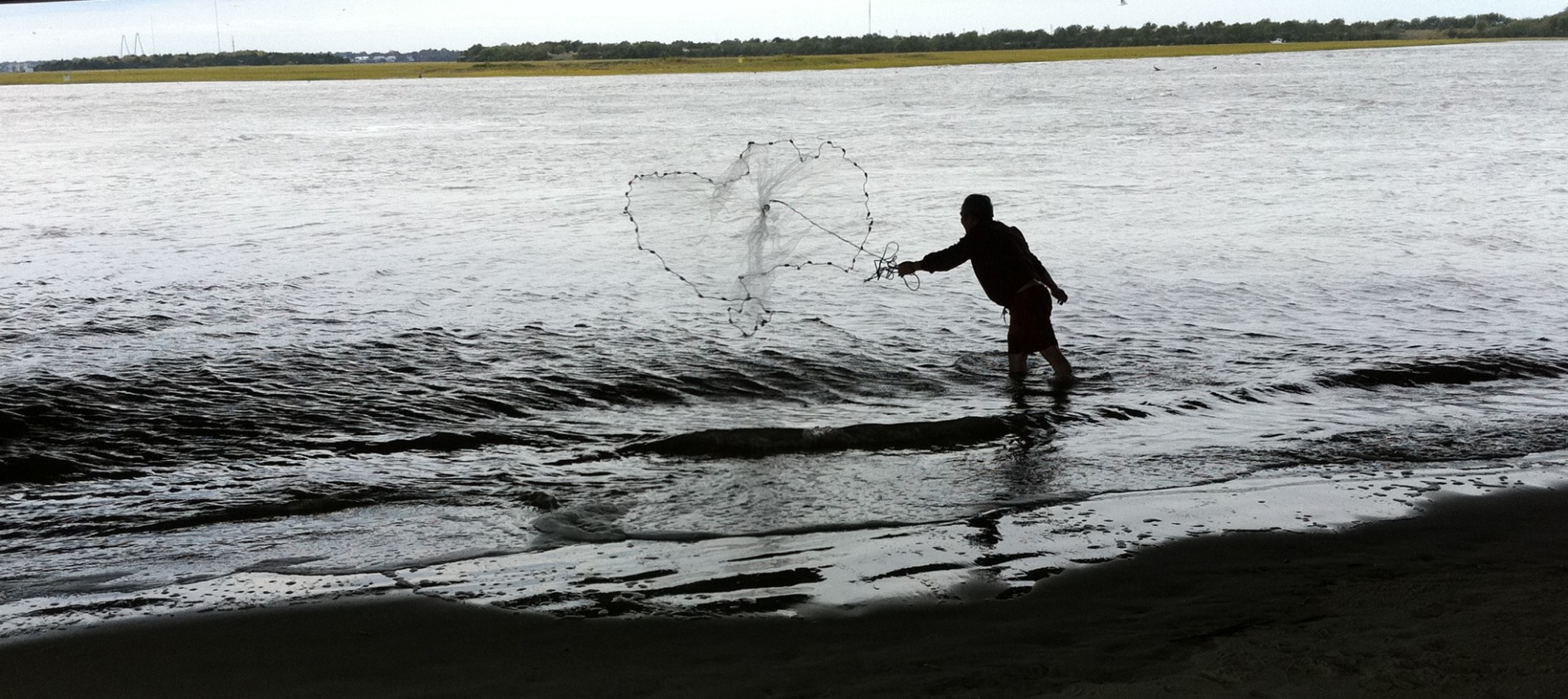While examining the case studies and examples discussed by Walker and Salt (2006), I was drawn back to my prior research and current status here in the Philippines. Prior to leaving Charleston, my graduate school research focused on stormwater retention pond quality and algal growth, a similar problem to Walker and Salt’s phosphorus/lake example. They also discussed commercial (and municipal) fisheries management, a concern worldwide but one contributing directly to my current work as a Peace Corps volunteer. All of these examples center on the need for the identification of system variables and effectively communicating them to a wide range of audiences. I have been working with a Philippine Local Government Unit (LGU) for the past five months now and have noticed the need to accomplish more instead of effectively communicating less, thus limiting the sustainability of our projects. Although dissemination is often hard for me (language barriers, cultural differences, etc.), contributing factors may include: political pressure, upcoming local and national elections, personal goals/desires, etc. This is all part of an adaptive cycle. Maybe there are system variables that I can’t see, or maybe the adaptive cycle progresses quicker, particularly in the release and reorganization phases. Touched on by Laura last week, it seems a good starting point for communicating knowledge and system dynamics is at the individual level through capacity building, making sure those involved are sustainable (“bottom-up” approach). This is beneficial for both me, as the scientist, and my co-workers, particularly after my service. Every action has a response (Newton’s third law of motion) and these, sometimes invisible initially, are all interconnected over multiple scales. As Walker and Salt state, “ignoring the effects of one scale on another (cross-scale effects) is one of the most common reasons for failures in natural resource management systems (2006).” And this is true for those studying the system as well. Sometimes individuals place themselves outside the system, ignoring the fact that they too are a contributing variable. With this attitude, the system is already failing, and the communication of ideas is impossible.
I recently gave a talk to a local barangay (neighborhood) on climate change and the importance of solid waste management. The majority of my talk focused on local examples because they were relatable to my audience: local fisherfolk. If I had used pictures or facts from another province or country, the interest level would have decreased because my examples didn’t occur “in their backyard.” Further conversation is stimulated because participants feel connected to the issue of interest, and they can also feel a sense of accountability. This coincides with the “bottom-up” approach (individual to local level) and gives voice to those directly involved while allowing for knowledge collaboration. Future management practices don’t seem realistic or resilient without local people and adaptive learning (2006).
